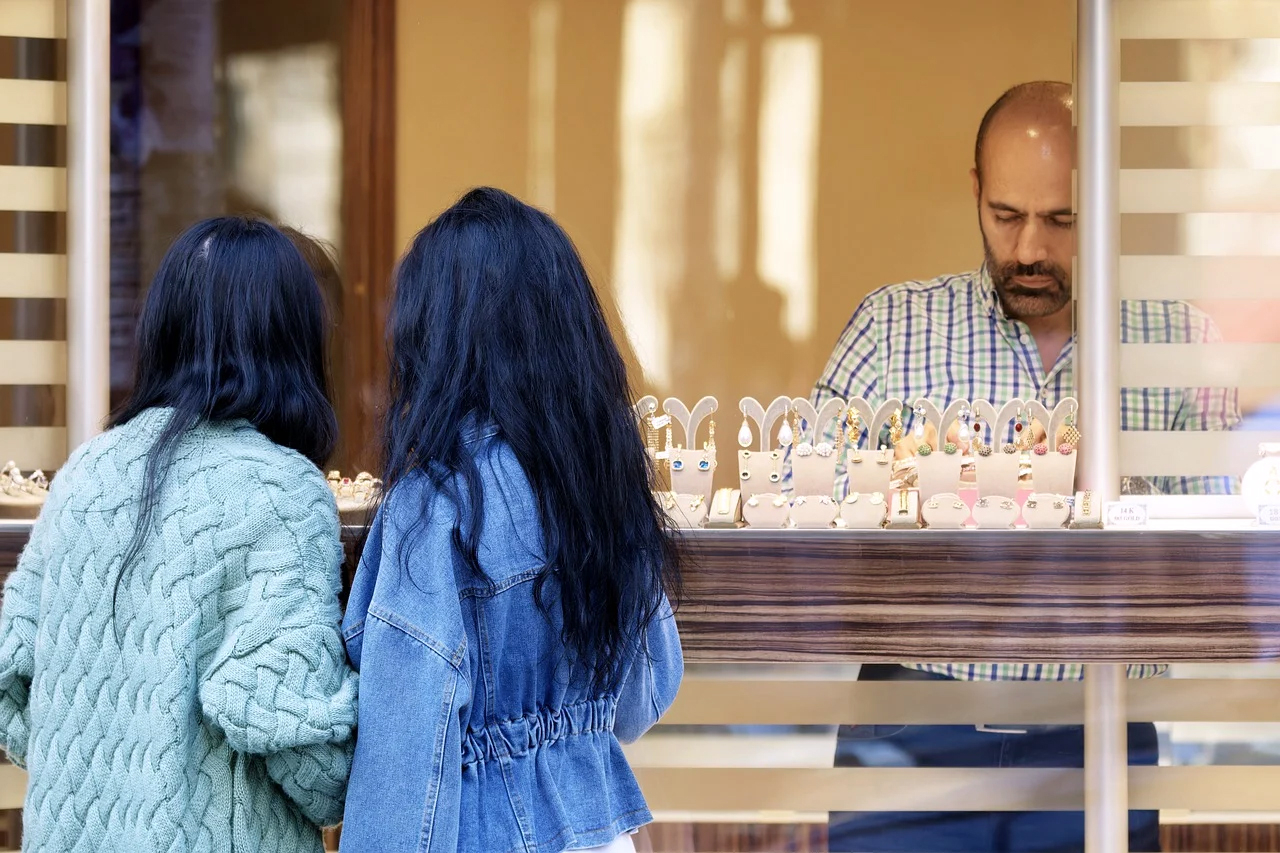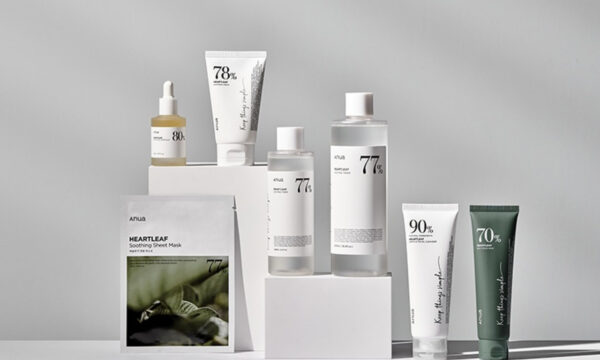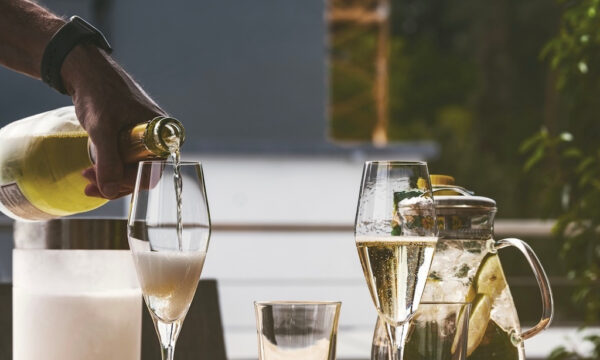The most popular metals for jewellery findings and why

Jewellery findings are the unsung heroes of jewellery design. These small components — clasps, earring hooks, jump rings, and pins — are essential for putting a piece of jewellery together. The metal you choose for these findings can influence everything from the piece’s durability to its overall aesthetic. Let’s explore the most popular metals for jewellery findings, why customers love them, and how to pick the right one for your next project.
Sterling silver
Sterling silver is perhaps one of the most beloved metals when it comes to jewellery findings. Composed of 92.5% pure silver and 7.5% of other metals (usually copper), sterling silver is durable, versatile, and a great all-rounder for any design.
Why Customers Love It: Sterling silver’s timeless appeal makes it a top choice. It’s perfect for creating everything from elegant necklaces to delicate bracelets. Customers appreciate its natural shine and ability to complement almost any gemstone or design. Moreover, sterling silver is hypoallergenic, making it a safe choice for those with sensitive skin.
Common Findings: Sterling silver is used for a wide range of findings, including clasps, earring hooks, jump rings, and crimps. Its subtle shine pairs beautifully with both casual and formal jewellery pieces.
Considerations: While sterling silver is resistant to corrosion, it can tarnish over time due to exposure to air and moisture. However, with a little care, it can maintain its beauty for years to come. Hit the link to explore findings for jewelry making.
Gold (yellow, white, and rose gold)
Gold is, without a doubt, the king of precious metals. Whether it’s yellow, white, or rose gold, this metal remains a staple in jewellery making, prized for its beauty, value, and luxurious appeal.
Why Customers Love It: Gold is the ultimate luxury metal. It’s perfect for creating high-end, eye-catching pieces. Whether you choose yellow gold for its classic warmth, white gold for a sleek, modern look, or rose gold for a romantic, trendy vibe, gold findings instantly elevate any design. Additionally, gold’s ability to resist tarnish and corrosion makes it a durable choice for long-lasting pieces.
Common Findings: Gold findings are typically used for lobster clasps, bead caps, jump rings, and bails. The bright, shiny finish makes them ideal for jewellery that needs to make a statement.
Considerations: Gold-plated findings may wear over time, especially with frequent use, but solid gold or gold-filled findings offer more durability for pieces that need to withstand daily wear.
Brass
Brass is a popular choice for jewellery makers, particularly for those who are looking for something affordable yet still stylish. This alloy of copper and zinc is known for its golden hue, making it an excellent choice for vintage or rustic-themed jewellery.
Why Customers Love It: Brass offers a beautiful golden appearance without the hefty price tag of solid gold. It’s durable and lends itself well to antique-style pieces, which is why it’s often used in boho or vintage-inspired designs. Many customers also love how brass can develop a unique patina over time, adding character to their jewellery.
Common Findings: Brass is commonly used for toggle clasps, pins, connectors, and bead caps. Its golden tone adds warmth to any piece.
Considerations: Brass can tarnish over time, but it’s easy to clean and polish. It’s also a good idea to check for lead content, as some lower-quality brass may contain it. Opting for lead-free brass is always a safer bet.
Copper
Copper, with its reddish-orange hue, is a bold and beautiful option for jewellery findings. Often associated with earthy and boho designs, copper is gaining popularity for its vibrant appearance and natural qualities.
Why Customers Love It: Copper is perfect for those looking to make a statement. It pairs beautifully with earthy tones, such as turquoise and amber, and can be found in jewellery designs ranging from delicate to bold. Copper also boasts antimicrobial properties, making it an excellent choice for jewellery that comes into regular contact with the skin.
Common Findings: Copper findings, such as jump rings, ear wires, clasps, and chain links, are widely available and can add a pop of colour to any piece.
Considerations: Copper tarnishes over time, but many customers enjoy the unique patina it develops, which gives each piece a one-of-a-kind finish. However, it does require regular cleaning to maintain its shine.
How much should you pay for jewellery findings?
Yes, design is important when it comes to creating new designs. But, budgeting is equally important. You need to keep track of all of your expenses, which means knowing how much you can spend on materials. This allows you to set prices for customers and make sure that you can profit form your jewellery designs.
So, how much should you dedicate to jewellery findings? These are a crucial part of your design and one that can impact the aesthetic and practicality of your necklaces, bracelets and other earrings. Here are some elements that are going to impact how much you pay for them.
Analyse the material
An element that’s going to have a major impact on the price of jewellery findings is the material it’s made from. For example, you can expect there to be a high price tag on gold, while silver plated might be more affordable. You need to weigh up on what type of jewellery you’re trying to create. Consider who your buyers are and what type of quality they expect.
Look at the size
Of course, you need to choose the right size of jewellery findings for your designs. Note that the larger you go, the more the price can be. This can be down to the material it’s made from and having to use more of it. If you’re trying to create designs on a budget, it might be best to keep them as small as possible. But, you also want to ensure that your customers can easily take the jewellery on and off.
Conclusion
Choosing the right metal for your jewellery findings is crucial to creating a beautiful and durable piece. Each metal has its unique qualities, from the luxurious allure of gold to the strength and practicality of stainless steel. Sterling silver, gold, brass, copper, stainless steel, titanium, and pewter all offer different advantages, whether you’re aiming for timeless elegance, budget-friendly designs, or modern, hypoallergenic jewellery.
The editorial unit






















Facebook
Twitter
Instagram
YouTube
RSS